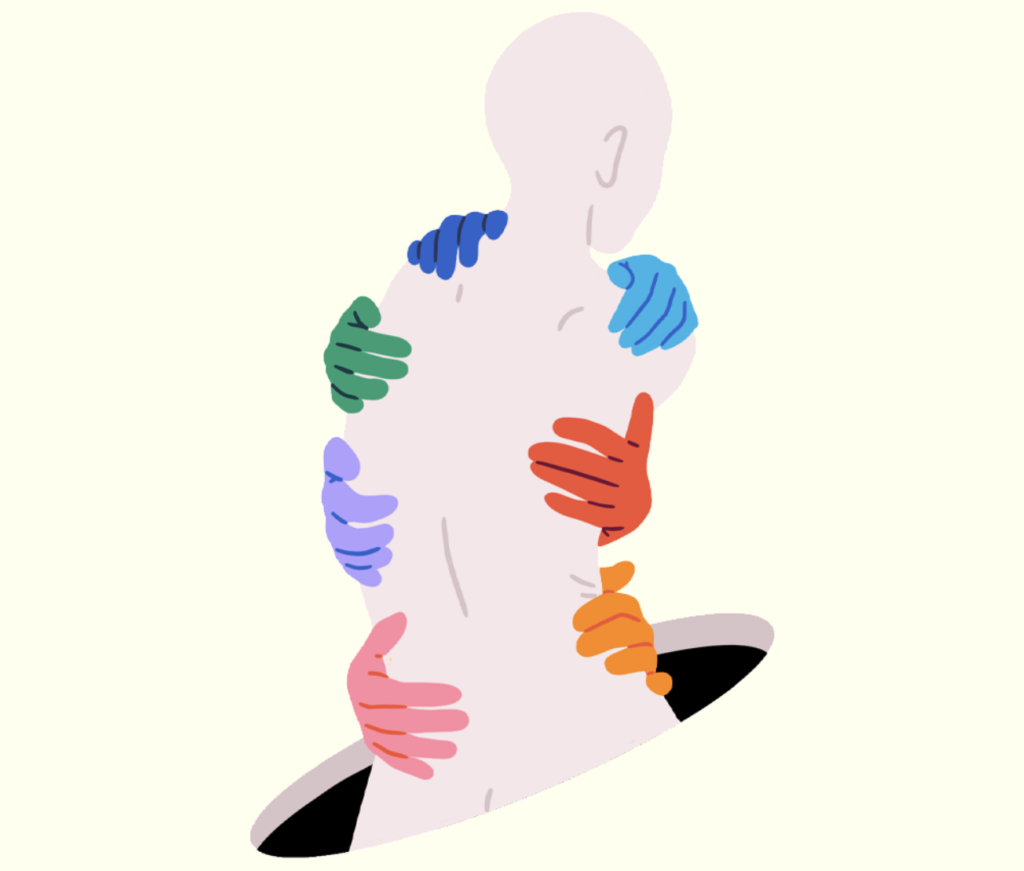In the world of UI/UX design, functionality and usability have long been the primary focus. However, as digital products become more integrated into our daily lives, designers are increasingly recognizing the importance of emotional design. Emotional design goes beyond mere aesthetics and functionality; it seeks to create a connection with users by evoking emotions, building trust, and fostering positive experiences. This approach can significantly impact how users perceive and interact with a product, making it memorable and enjoyable.
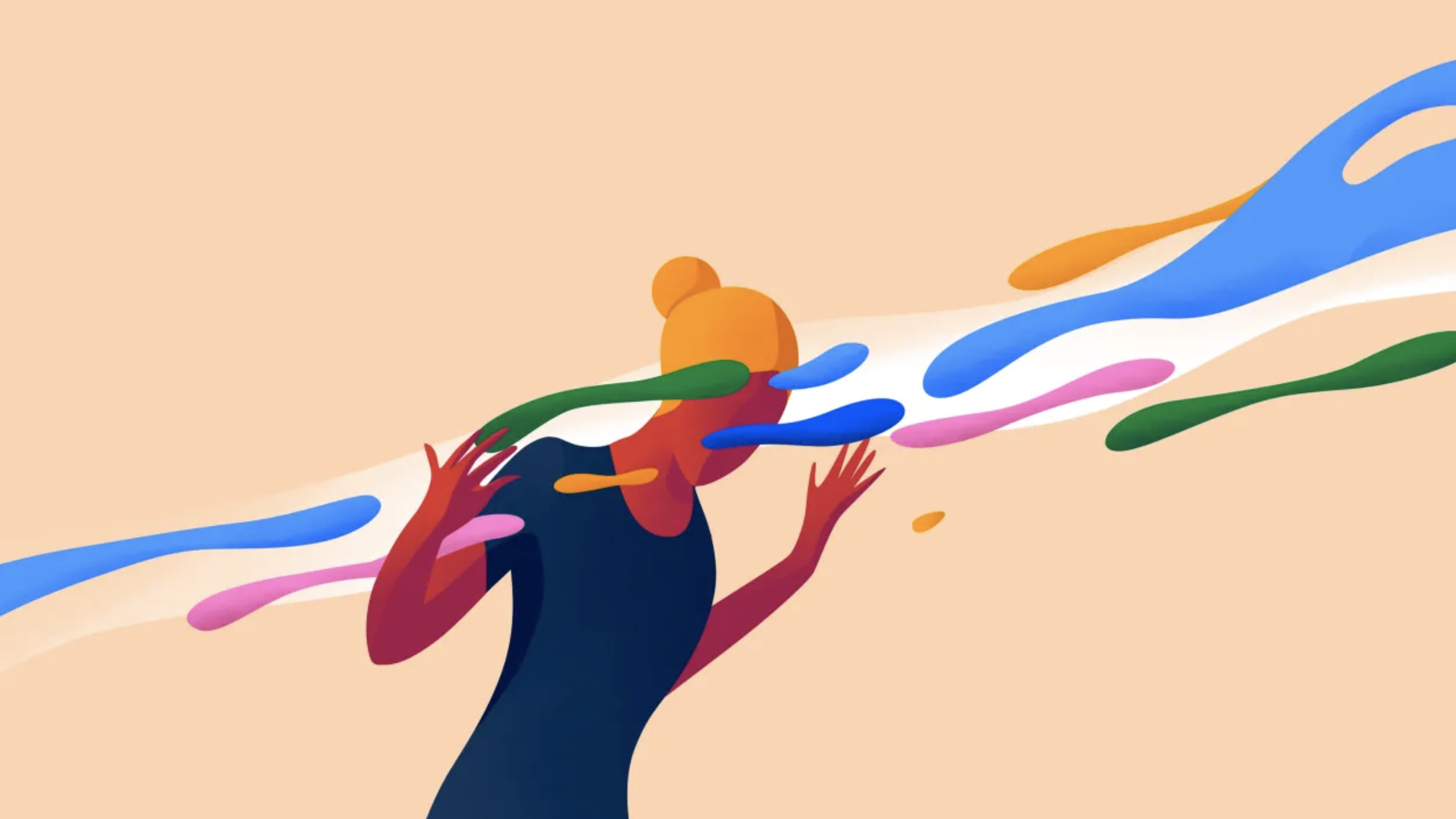
What is Emotional Design?
Emotional design is a design approach that considers how users feel when interacting with a product. It focuses on creating emotional responses that enhance user satisfaction and engagement. The concept was popularized by Don Norman in his book Emotional Design: Why We Love (or Hate) Everyday Things. Norman argues that design should appeal to users on three levels: visceral, behavioral, and reflective.
Visceral Level: The immediate, instinctive reaction to a product’s appearance. This is the first impression users get, which is often based on visual design, colors, and aesthetics.
Behavioral Level: How the product works and how users interact with it. This level is concerned with the usability and functionality of the design, ensuring that users can easily achieve their goals.
Reflective Level: The long-term impact of the product on the user’s life. It encompasses the memories and associations users form with the product over time, influencing brand loyalty and repeat usage.
By addressing all three levels, designers can create products that are not only functional but also emotionally resonant, leading to a more meaningful user experience.
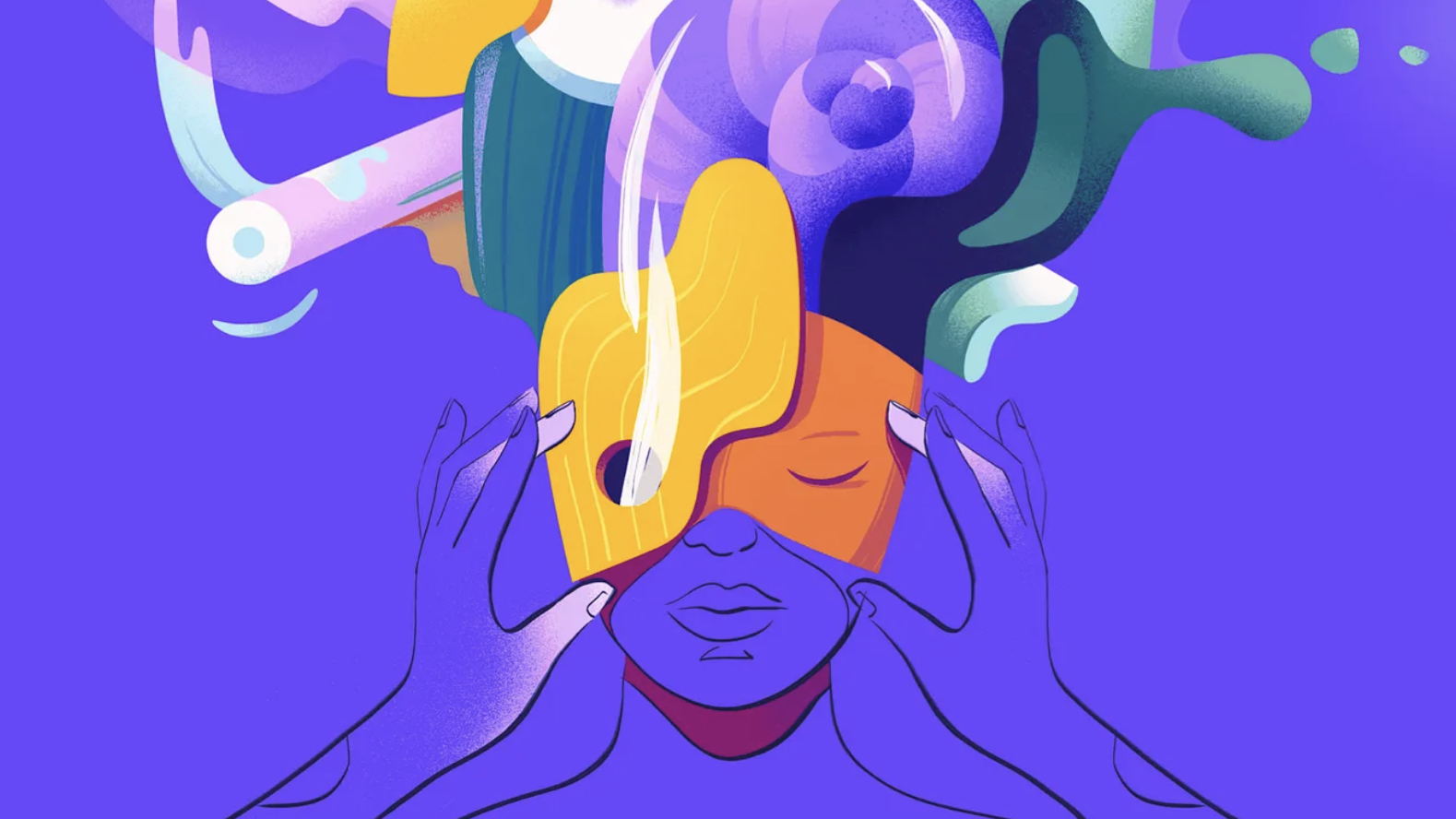
The Impact of Emotional Design on User Experience
Increased Engagement
Users are more likely to engage with a product that resonates with them emotionally. Whether it’s a playful animation or a comforting color scheme, emotional design elements can make a product more appealing and enjoyable to use.
Enhanced Usability
While emotional design is often associated with aesthetics, it also plays a crucial role in usability. A well-designed interface that evokes positive emotions can reduce cognitive load, making it easier for users to navigate and complete tasks.
Stronger Brand Loyalty
Emotional design can help create a deeper connection between users and a brand. When users feel good about using a product, they are more likely to return to it and recommend it to others, fostering brand loyalty.
Memorability
Products that evoke strong emotions are more likely to be remembered. This can be particularly important in competitive markets where differentiation is key. A memorable design can set a product apart from its competitors and leave a lasting impression on users.
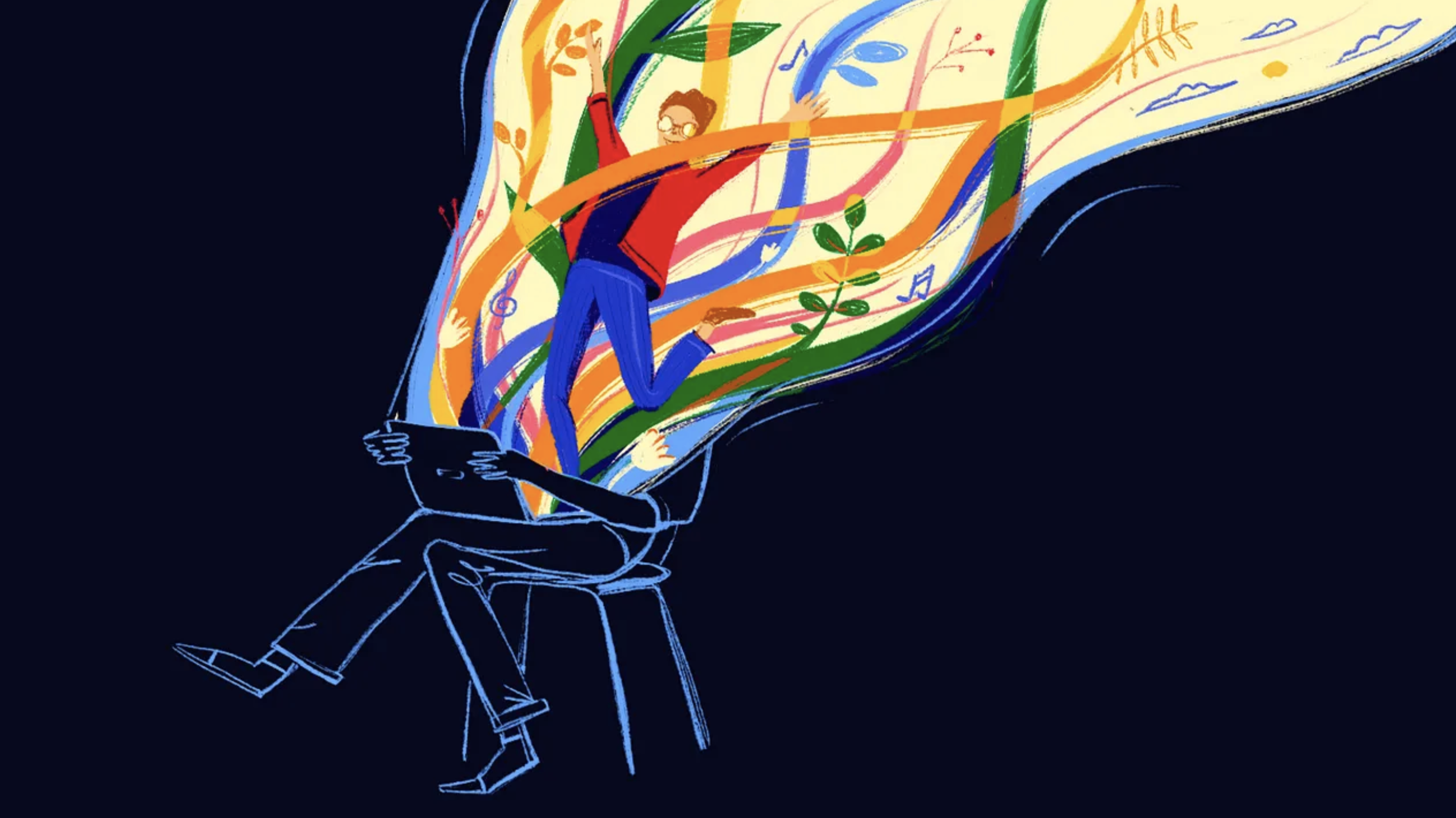
Examples of Emotional Design in Practice
Several successful products and brands have leveraged emotional design to enhance user experience:
- Apple: Apple’s design philosophy is centered around creating products that not only look good but also feel good to use. The company’s attention to detail, from the smooth animations in iOS to the tactile feedback of its hardware, evokes a sense of satisfaction and delight in users.
- Duolingo: The language-learning app Duolingo uses playful animations, positive reinforcement, and a friendly tone to create an emotionally engaging experience. These elements help reduce the anxiety often associated with learning a new language, making the process more enjoyable and less intimidating.
- Mailchimp: Mailchimp’s use of humor and personality in its design, from the playful mascot Freddie to the witty microcopy, creates a friendly and approachable user experience. This emotional connection helps users feel more comfortable using the platform, even when dealing with complex tasks like email marketing.
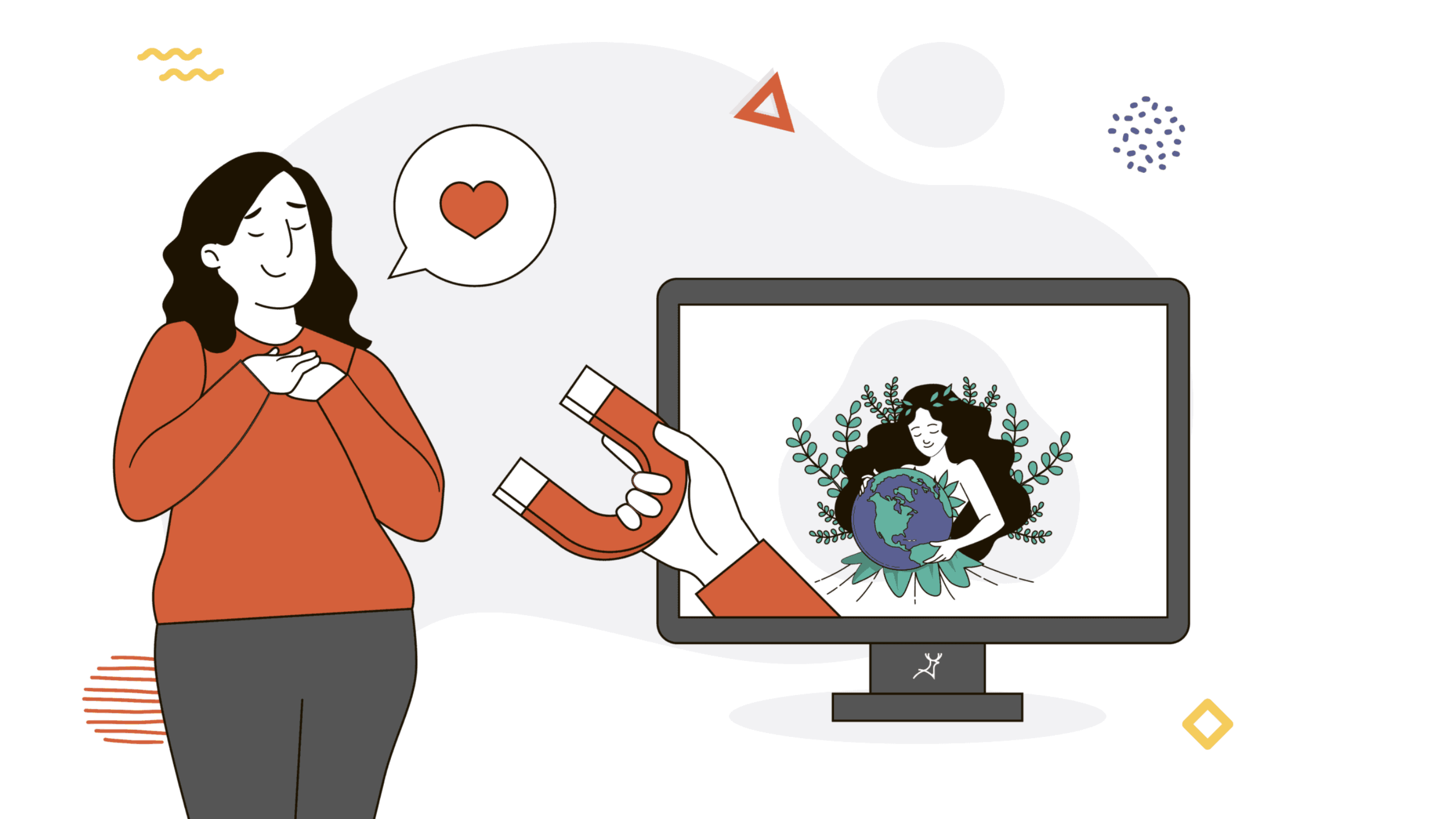
Best Practices for Implementing Emotional Design
To successfully implement emotional design in your UI/UX projects, consider the following best practices:
Understand Your Users
Conduct thorough research to understand your users’ needs, preferences, and pain points. This will help you identify the emotions you want to evoke and design accordingly.
Focus on Aesthetics and Functionality
While aesthetics are important, they should not come at the expense of functionality. Strive for a balance between visual appeal and usability to create a cohesive and satisfying user experience.
Use Storytelling
Incorporate storytelling elements into your design to create a narrative that resonates with users. This can help build an emotional connection and make the experience more immersive.
Test and Iterate
Emotional design is subjective, so it’s essential to test your designs with real users and gather feedback. Use this feedback to iterate and refine your design, ensuring it meets your users’ emotional needs.
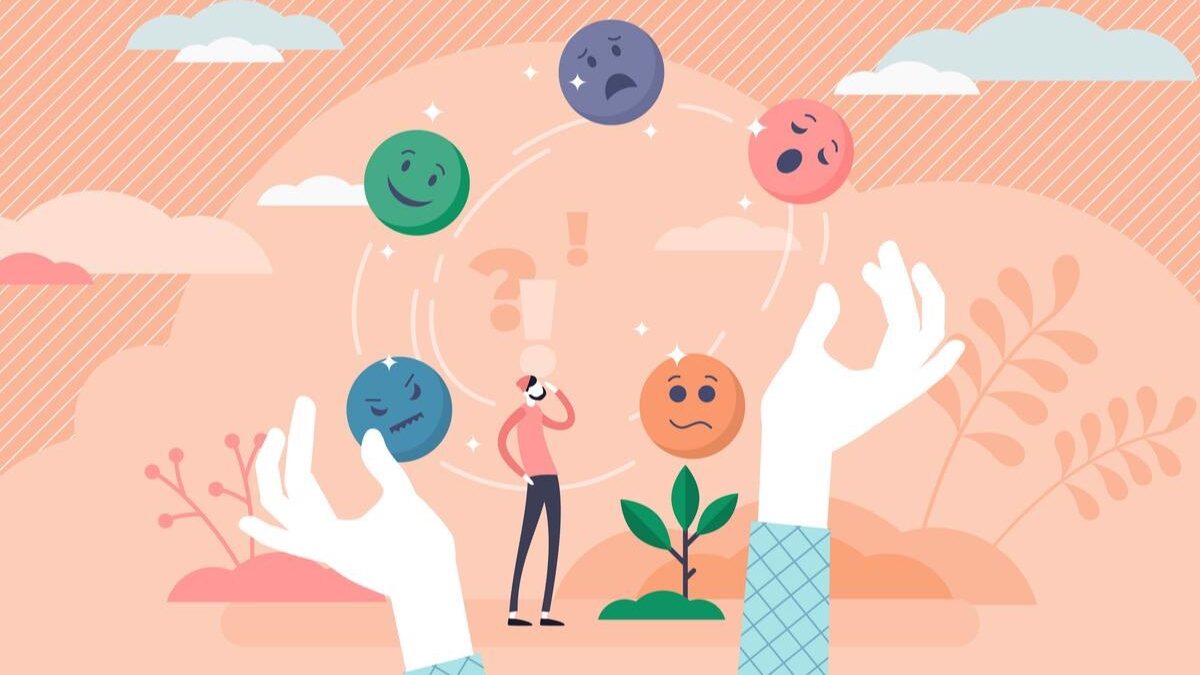
The Power of Emotional Connections
In the fast-paced digital world, where users interact with countless interfaces daily, creating a memorable and engaging experience is essential for standing out. Emotional design taps into the core of human psychology by forging connections that go beyond the superficial aspects of a product. By considering how users feel during their interactions, designers can create interfaces that resonate on a deeper level, ensuring that the product not only meets functional needs but also elicits positive emotions. This emotional connection is key to transforming a one-time user into a loyal advocate of the brand.
The Role of Emotional Design in User Retention
As competition in the digital marketplace intensifies, the ability to retain users becomes increasingly crucial. Emotional design plays a vital role in user retention by fostering satisfaction, trust, and loyalty. When users have a positive emotional experience with a product, they are more likely to return to it, engage more deeply, and form a lasting relationship with the brand. This emotional bond can be the difference between a product that is quickly forgotten and one that becomes an integral part of a user’s daily routine. Ultimately, investing in emotional design can lead to higher user retention rates and long-term success.

The Future of UI/UX Design: Embracing Emotion
As technology continues to evolve, the future of UI/UX design will undoubtedly place an even greater emphasis on emotional design. As artificial intelligence, virtual reality, and other emerging technologies become more prevalent, the ability to create emotionally engaging experiences will become a differentiating factor for successful products. Designers who understand and harness the power of emotional design will be well-positioned to create interfaces that not only meet the functional needs of users but also resonate with them on a personal level, ensuring that their products remain relevant and beloved in an ever-changing digital landscape.
Related Posts:
The Art of Intuitive Design: Bridging Creativity and Functionality
Comprehensive Guide to Responsive Design
Master UX Design by Integrating Psychology for Superior User Experience
Unveiling the Magic: UI vs. UX Design
